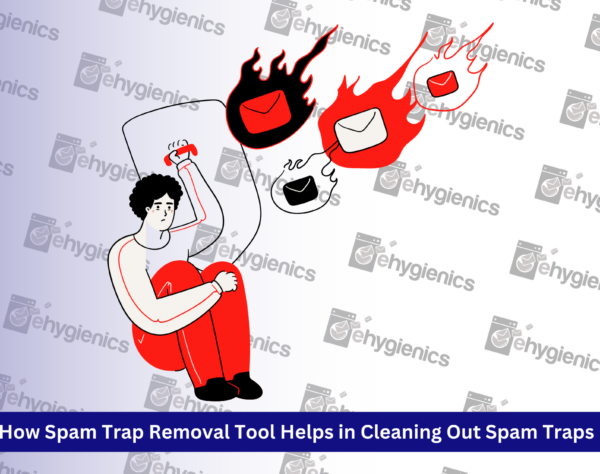
What is a Spam Trap: How Spam Trap Removal Helps Your List
What is a Spam Trap: How Spam Trap Removal Helps Your List
Several urban legends and quick-fix strategies purport to rid your subscriber list of spam traps, but these rarely work. Unfortunately, despite how nice it would be, these assertions are not true. Let’s examine what a spam trap and what is spam trap removal, why these email addresses exist, and how to prevent them in the future to see why this is not the case.
What exactly is a spam trap?
Spam traps may look like fakes, but they actually use real email addresses. Consequently, it will be extremely difficult to quickly identify these malware addresses in your list. In the long run, you won’t get very far if you don’t address the underlying problems that led to these email addresses being included in your list. In spite of the fact that spam traps can be an annoyance for senders, they serve an essential function for mailbox providers: identifying malicious senders.
The percentage of spam traps a sender hits is a big part of their IP and domain reputation, which are two of the most important things mailbox providers look at when deciding whether to send mail to the spam folder, to the point of blocking senders who even attempt to communicate with them.
Overall, it’s very crucial to determine the source of these annoying little addresses to make sure the problem is really fixed instead of falling for a false “quick fix.” This concern should not be dismissed if you want to get your sender reputation back and make it more likely that your mail will get to the inbox.
Additionally, it is important to note that not all spam traps function in the same way. In fact, your subscriber list may contain one of two types of spam traps:
Recycled spam traps.
These are traps for inconsiderate email senders who don’t bother to practice basic hygiene. Although an email address may have been valid when you first acquired it, if you haven’t sent email to it in a while or haven’t removed it from your list after it became dormant, the mailbox provider may have recycled it as a spam trap. Not only are you not reaching a real subscriber at this address, but you are also putting your sender reputation at risk by doing so. This is a big problem, but it’s nothing compared to the problems that come from perfect trap hits.
Pristine spam traps.
Pristine spam traps are the more sinister sibling if these two spam traps were siblings. For the purpose of catching spammers who acquire email addresses illegally, there are “spam traps” that are as pristine as they come. Validity of these email addresses cannot be guaranteed because they do not belong to a paying customer. Those mailbox providers and blocklists will know there are major issues with the list acquisition process if they see these email addresses popping up in questionable contexts, such as list renting, list purchasing, or web scraping. Because of this, you might not be able to reach your real subscribers’ inboxes, and your sender reputation might take a hit.
How to stay clear of spam traps?
There are services that say they can catch spam traps by keeping a list of known spam trap addresses they’ve found in the past, but because of how spam traps work, this can’t be 100% guaranteed. What kinds of spam traps can these services detect and remove? Sure. However, because they are constantly updated, spam traps are difficult to identify and avoid. After you think you’ve figured out how to avoid one trap, a hundred more appear out of nowhere. Accordingly, if you want to keep from accidentally adding spam traps to your list, you need to perfect your methods for list acquisition and maintenance. It is recommended that the following steps be taken immediately:
Offer a confirmed or double opt-in process so that subscribers can choose to join your email list. To encourage people to sign up for your emails and give you their real email address, you should emphasize the benefits they will receive from doing so.
Stay away from acquiring, renting, or scraping online sites for email addresses. Not only are these sites morally dubious, but they are also known for putting spam traps on their lists.
If you’ve fallen into a spam trap, don’t immediately delete your email client. While these addresses can hurt your sender reputation, identifying the cause of the spam trap and verify email list it will get you far. Improve your strategies while keeping an eye on eHygienics’ metrics like subscriber engagement, bounce rates, and sender reputation.






